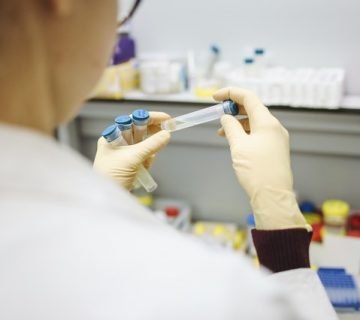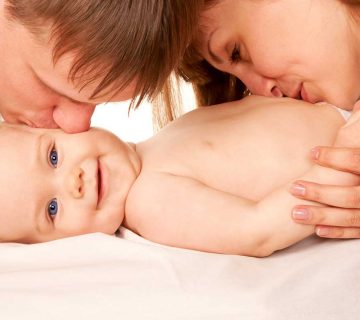Embryo Transfer
The end point of an IVF treatment cycle is an embryo; and an IVF lab will successfully create many embryos in the lab for most of their patients. Good IVF labs routinely show patients their embryos; but unfortunately many labs don’t, which means most patients are clueless about how good the quality of their embryos is. However, this is vitally important information, so you can assess your chances of conceiving, and modify the next treatment cycle accordingly.
Ideal option for Embryo Transfer
Patients are often confused as to how many embryos to transfer, especially when they have three or four top quality blastocysts. Many of them want the doctor to put back more embryos, in order to maximize their chance of getting pregnant in the first cycle itself.
This may be tempting, and while it is true that putting two embryos back will increase the chances as compared to transferring just one in that single cycle, this comparison can be very misleading.
Thus , putting back more than two embryos, especially when these are top-quality blastocysts, is a bad idea because of the risk of high-order multiples or triplets, which can cause a lot of problems for the babies, and is not advisable.
Even when compare one vs two, you should be measuring a “cumulative pregnancy rate,” and not just the rate for one cycle. If you put two embryos back in one cycle, and you don’t get pregnant, then you’ve lost both, and will have to start a new fresh cycle, which is expensive. On the other hand, if you put one at a time, even if the first cycle fails, you still have the second frozen embryos as a backup, and transferring frozen embryos is much less expensive !
This is why patients should think about cumulative pregnancy rates over multiple cycles, as compared to the pregnancy rate in only a single cycle !
Want to find an IVF clinic which respects your time and intelligence ?
WhatsApp us at https://wa.me/919867441589/



No comment